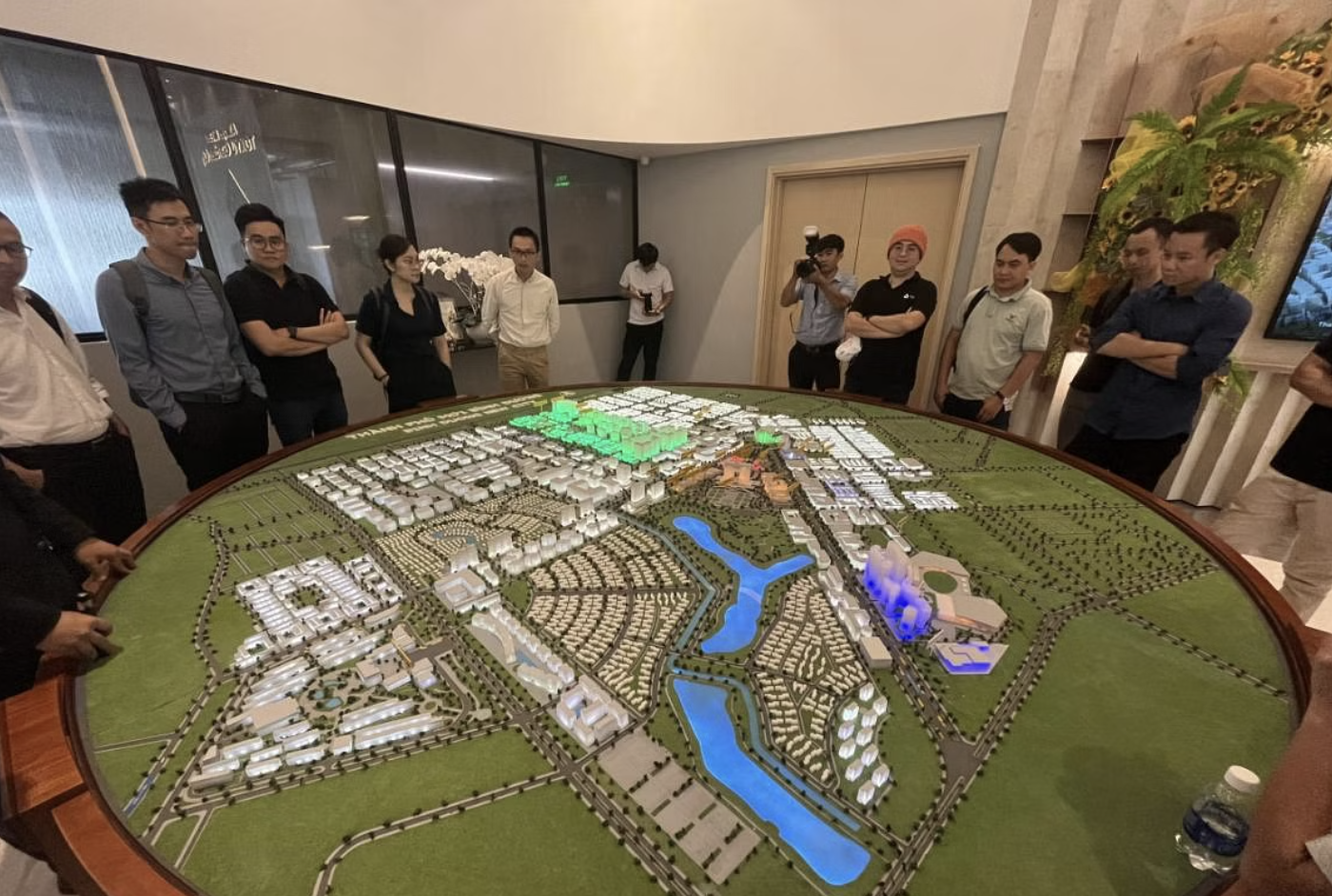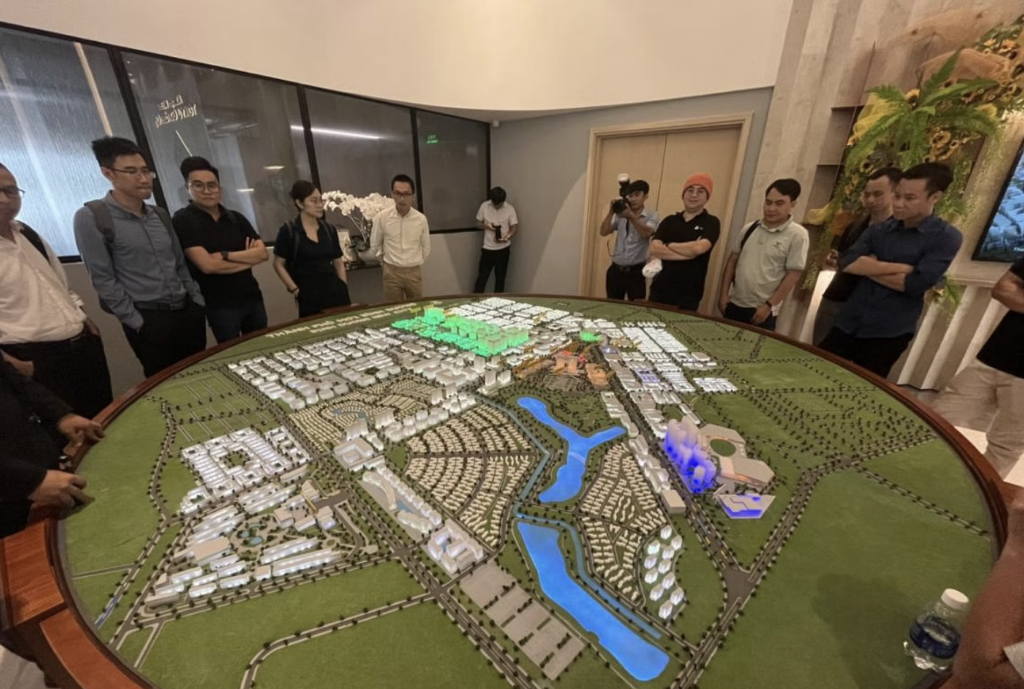AS VIETNAM’S INDUSTRIAL HUBS DRAW INVESTORS – A PRESSING NEED FOR NEW URBAN CENTRES TO LURE TALENT
08/11/2023
[HO CHI MINH CITY] As more of the world’s leading manufacturers relocate to Vietnam, there is a pressing need for urban centres to be built close to industrial hubs that will enhance the appeal of some provinces and help to attract and retain workers.

Troy Griffiths, deputy managing director of real estate agency Savills Vietnam, said that new urban areas that are in good locations and have modern infrastructure will draw people to work there in large enough numbers that will meet the needs of multinationals.
“(A key concern of investors) is a skilled workforce in Vietnam, and how they can ensure a constant supply of skilled workers for their operations,” he said.
Of Vietnam’s nearly 400 industrial parks, only a small number can claim to have a full suite of urban amenities and services that meet the needs of both investors and workers.
The most prominent example is the group of Vietnam Singapore Industrial Parks developed by a joint venture between Vietnam’s Becamex IDC Corp and Singapore’s Sembcorp Industries. These VSIPs, as they are called, are in provinces such as Binh Duong, Hai Phong and Quang Ngai.
Vo Van Minh, chairman of the Binh Duong Provincial People’s Committee, said at an event in March this year that Binh Duong province has adopted an “industrial-urban-service” development model. This, he said, has resulted in a conducive living environment around the industrial hub that has the services for diverse residential communities.
“Investors can find the workers, and workers can find stable jobs right in the locality,” he said.
Binh Duong is located in the heart of Vietnam’s Southern Key Economic Zone and north of Ho Chi Minh City.
One of the new urban areas in Binh Duong is Tokyu Garden City, a Japanese-style concept co-developed by Becamex IDC and Japan’s Tokyu Corporation.
Tokyu Garden City is surrounded by major employment hubs such as VSIP II and My Phuoc Industrial Park. Construction began in 2012, and when it is fully complete there will be over 7,500 apartment units, residential townhouses, commercial areas, and office spaces.
Analysts said that other industrial parks – especially in the secondary provinces and cities – need to do more to enhance the level of services offered to the thousands of workers, especially as more international manufacturers look to set up shop there.
With a labour crunch and limited land in prime locations like Binh Duong and Bac Ninh, investors are turning to Vietnam’s second- and third-tier provinces for more opportunities.
Speaking at an industrial property forum in August, Frasers Property Vietnam’s general manager for industrial Chong Chee Keong said: “We are seeing many emerging provinces focusing on industrialisation, with many production projects relocating to the tier-3 provinces surrounding Ho Chi Minh City and Binh Duong. Manufacturing plants and research and development centres are moving to areas such as Nghe An in Central Vietnam.”
Affordable housing
According to some estimates, Vietnam has about 2.7 million workers in industrial complexes, and nearly half, or 1.2 million, are in need of housing support.
Earlier this year, the government approved a plan to build at least a million units of affordable homes for low-income and industrial park workers by 2030. Vietnamese banks also offered low-interest credit packages worth a total of 120 trillion dong (S$6.7 billion) for investors and buyers of these homes.
The Ministry of Construction wrote in an August report that Vietnam’s pace of social housing development was too slow, with the number of completed affordable homes currently only at about 19,500.
The ministry has proposed some solutions to expedite the process such as improving the legal framework and allocating land funds for social housing and worker dormitories.
Marc Townsend, a senior advisor of Arcadia Consulting Vietnam, said he expects to see a shift towards more affordable housing solutions over the next 20 years as developers take advantage of the heavy demand.
Apart from homes, he also pointed out another gap in the market – a lack of two-star and three-star international brand-name hotels in second-tier cities near industrial parks.
“There is much demand for (hotels and accommodation) not only for workers, but for managers and buyers who are visiting factories. It’s just waiting to happen, and someone will build around those opportunities,” he said.

